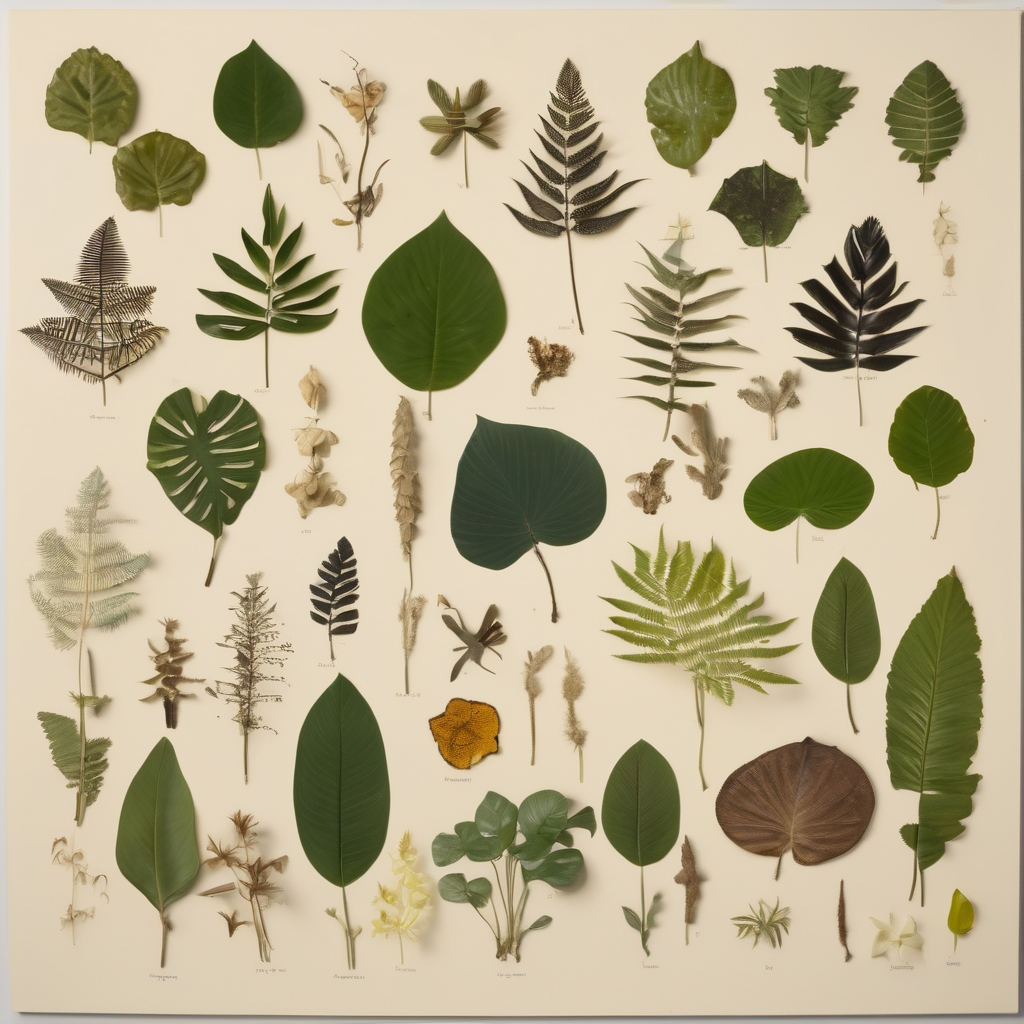The South Pacific Regional Herbarium at The University of the South Pacific (USP) in Suva has emerged as a vital hub for biodiversity and cultural preservation across the Pacific. Originally established in 1933 as the Fiji Herbarium by botanist B.E.V. Parham, the herbarium has grown into an internationally recognized center of scientific and conservation excellence, with its official herbarium code, SUVA, connecting it to a global network. It serves all 12 USP member countries, making a significant impact on the region’s biodiversity efforts.
The herbarium houses an impressive collection of over 80,000 plant specimens, as well as various mosses, insects, birds, reptiles, amphibians, and freshwater animals. This vast archive is essential for monitoring climate change, identifying rare species, and informing conservation policies. Its regional importance is underscored by its role in supplying data for government environmental reports and supporting strategies to protect biodiversity against human and climate pressures.
In addition to its scientific contributions, the herbarium is deeply committed to education, offering USP students and aspiring scientists hands-on experience in plant identification and research. These educational initiatives prepare new generations to tackle conservation challenges across the Pacific.
Partnerships with renowned organizations like the American Museum of Natural History and the Solomon Islands Community Conservation Partnership enable the herbarium to extend its reach and influence. By integrating scientific research with traditional knowledge, these collaborations enhance the herbarium’s capacity to address regional ecological issues.
One of the herbarium’s landmark efforts was a 2015 expedition into Guadalcanal’s highlands, which led to the discovery of new orchids, over 90 ant species, and potential new frog species. This mission not only advanced scientific knowledge but also revitalized cultural ties for the Uluna-Sutahuri people with their ancestral lands, highlighting the synergy between science and cultural heritage.
The South Pacific Regional Herbarium now safeguards over 50,000 plant samples from Fiji, Samoa, Tonga, and New Caledonia, alongside specialized collections by scientist Tamás Pócs, encompassing 8,000 insects, 200 reptiles and amphibians, and 100 birds. As one of the Pacific’s staunchest defenders of biodiversity, the herbarium serves as a living archive, training ground, and crucial reminder of the importance of preserving the region’s natural heritage for future generations.
